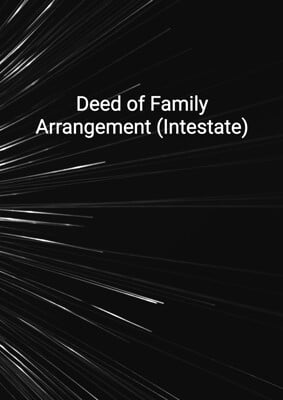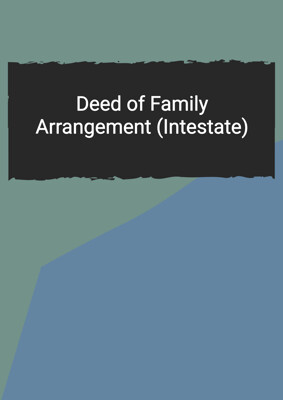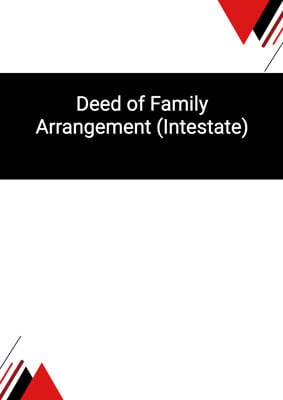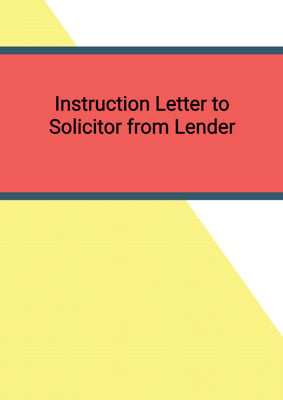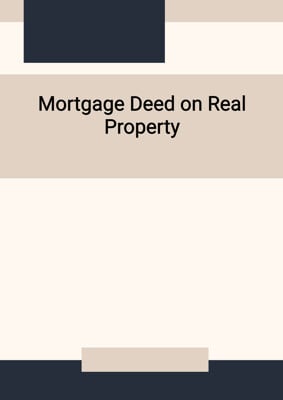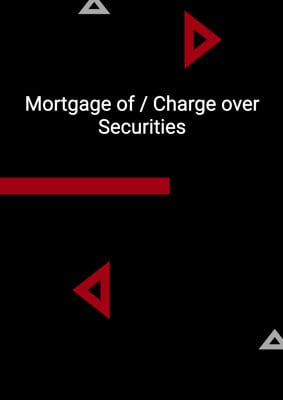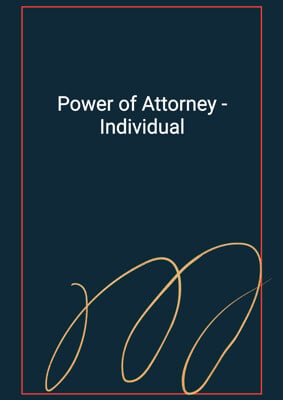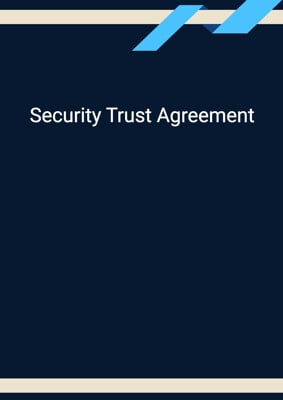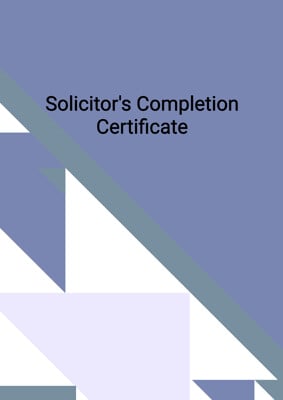How to Tailor the Document for Your Need?
01
Create Document
Fill in the details of the parties. You can click the "Fill with Member’s Information" button to complete it with information saved to your account.
02
Fill Information
Please fill in any additional information by following the step-by-step guide on the left hand side of the preview document and click the "Next" button.
03
Get Document
When you are done, click the "Get Document" button and you can download the document in Word or PDF format.
04
Review Document
The document should be signed by the authorised signatory (or directors of a company) and witnessed to complete the formality.
Document Preview
Document Description
The Deed of Release (Partial Release) is a legal document that serves to release the security provider from all liability under the security agreement. It also reassigns the secured property back to the security provider. This document is important as it allows the parties involved to formalize the release of liability and transfer of property rights.
The document begins with an interpretation section, which defines certain terms used throughout the deed. It clarifies that 'security' refers to the security agreement executed between the parties, and 'secured property' refers to the property that is subject to the security agreement.
The release section states that the financier releases the security provider from all liability under the security agreement. This means that the security provider is no longer held responsible for any obligations or debts related to the security agreement. Additionally, the secured property is reassigned back to the security provider, giving them full ownership and control over the property.
It is important to note that the release and reassignment only apply to the secured property mentioned in the security agreement. Any other obligations or rights of the parties remain unaffected by this deed. The document explicitly states that the release does not impact the rights or obligations of any person not party to the deed, nor does it affect any property other than the secured property.
The continuing security provider section addresses the consent and agreement of the continuing security provider. It states that the continuing security provider consents to the release and acknowledges that their obligations to the financier and the financier's rights in respect to any other property of the continuing security provider remain intact.
The deed also includes a provision regarding third-party rights. It clarifies that only the parties to the deed have the right to enforce its terms and that no consent from non-parties is required to modify or rescind any provision of the deed.
The governing law section specifies the jurisdiction under which the deed is governed. This ensures that any disputes or legal matters arising from the deed will be resolved according to the laws of the specified jurisdiction.
Finally, the further steps section outlines the obligations of the financier. It states that the financier must deliver all title documents held in relation to the secured property to the security provider. The financier is also required to assist the security provider in notifying relevant authorities and completing any necessary documents to give full effect to the deed.
In conclusion, the Deed of Release (Partial Release) is a crucial document that allows for the release of liability and reassignment of secured property. It clarifies the rights and obligations of the parties involved and ensures that the release only applies to the specified property mentioned in the security agreement.
How to use this document?
1. Release of liability: The financier releases the security provider from all liability under the security agreement. This means that the security provider is no longer responsible for any obligations or debts related to the security agreement.
2. Reassignment of secured property: The secured property is reassigned back to the security provider, granting them full ownership and control over the property.
3. Limited scope: It is important to note that the release and reassignment only apply to the secured property mentioned in the security agreement. Any other obligations or rights of the parties remain unaffected.
4. Consent of continuing security provider: The continuing security provider must consent to the release and acknowledge that their obligations to the financier and the financier's rights in respect to any other property remain intact.
5. Third-party rights: Only the parties to the deed have the right to enforce its terms. Non-parties do not have the authority to modify or rescind any provision of the deed.
6. Governing law: The deed is governed by the laws of the specified jurisdiction, ensuring that any disputes or legal matters will be resolved accordingly.
7. Further steps: The financier must deliver all title documents held in relation to the secured property to the security provider. They are also required to assist the security provider in notifying relevant authorities and completing any necessary documents to give full effect to the deed.
Please note that this guidance provides a general overview and it is recommended to seek legal advice or consult the specific provisions of the deed for a comprehensive understanding of its implications and usage.
Not the right document?
Don’t worry, we have thousands of documents for you to choose from:





